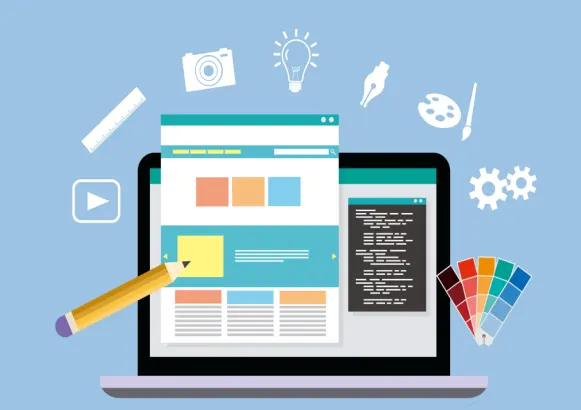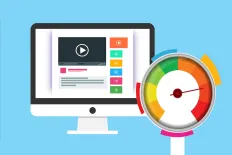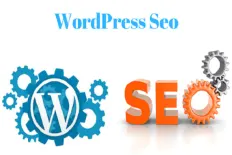The following topics will be discussed in this post.
- What Exactly is a Content Management System?
- Components of Content Management System
- 1. Content Management Application (CMA)
- 2. Content Delivery Application (CDA)
- Types of Content Management Systems (CMS)
- Essential Features of Content Management System
- The Bottom Line
Content is becoming an important way for businesses to communicate with their customers. It is no longer something that companies can just think of as a "nice to have" on the side. But content doesn't just affect marketing.
It has become a core part of businesses and affects almost every department, including sales, merchandising, and development. Still, most companies said they don't have the right technology to manage their content.
A content management system (CMS) can help with this. According to Statista reports the global content management software market was $43.9 billion in 2021 and is expected to reach 0.7% a year through 2025. For the period 2022-2027, the revenue is predicted to expand at a CAGR of 6.68%, to a market volume of US $26.13 billion by 2027.
Take a look at the graph below for more clarity.
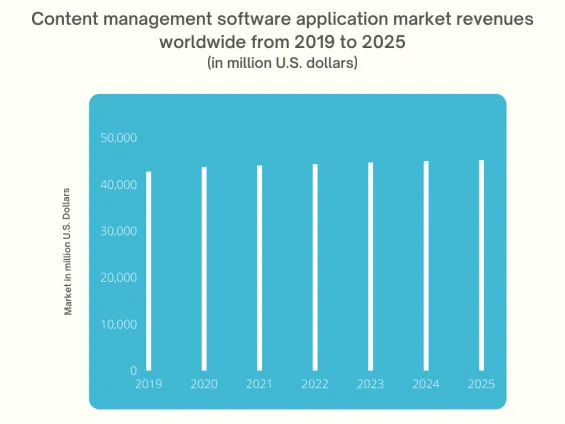
A content management system (CMS) can help with this. A content management system (CMS) lets you create a complete marketing strategy and weave content into your business strategy.
At the same time, developers won't be involved in publishing content and can easily make changes on the back end without stopping content publishing.
Still not clear about it?
This guide will help you to learn about content management systems, their essential features and benefits, and what are the best CMSes you can use to create a website. So let's take a quick look.
What Exactly is a Content Management System?
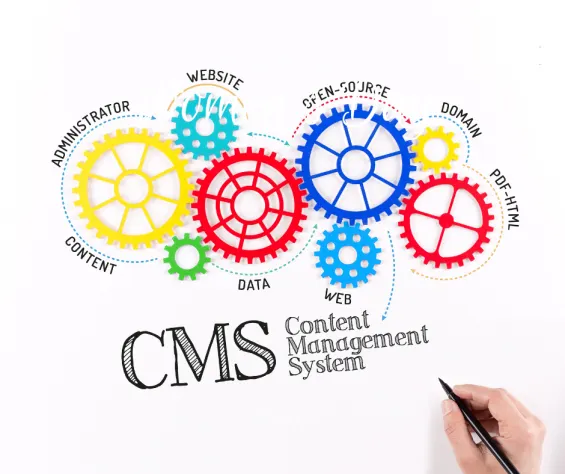
A CMS is software that lets users work together to create, edit, and publish digital content like web pages, blog posts, and other things. The CMS is becoming more than just a way to launch digital content.
It is becoming a more robust system essential to managing an overall digital experience across many channels, such as email, mobile apps, social media, websites, and more.
Any basic web content management system will let you write or upload content, format it, add headlines and images, and do things behind the scenes like SEO. But that's not enough in a world where people use many different devices.
Digital marketing has changed over time. Now, it emphasizes the customer experience and uses mobile apps, the Internet of Things, and other things. All of this depends on a web content management system that keeps content management and presentation of content separate.
Components of Content Management System
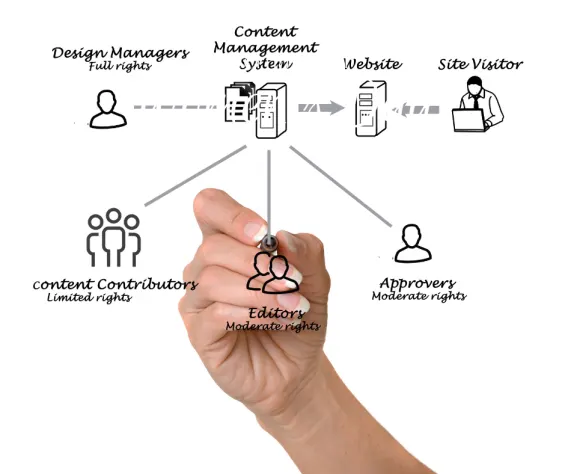
A content management system is made up of two significant parts. These are:
1. Content Management Application (CMA)
CMA is a graphical user interface that lets users add, delete, change, and publish content without knowing the HTML or other programming languages needed to make web pages.
2. Content Delivery Application (CDA)
It is in charge of the services on the back end. It takes care of and sends out content after it has been framed in the CMA.
Types of Content Management Systems (CMS)
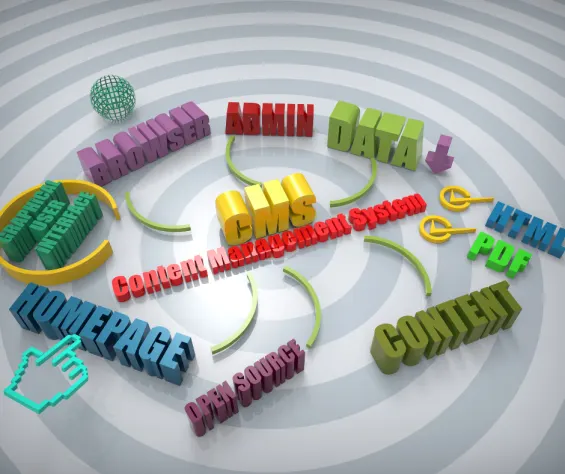
Every CMS has front and back ends. The part that the user sees is called the "front end." It's how websites look and how they are put together. The front end combines HTML, CSS, and JavaScript to produce rich, interactive information.
The CMS backend is used to post new website content. Access a web interface to add, create, and publish content to your CMS's front end. Instead of HTML, CSS, and JavaScript, use a Word-like interface.
This content is subsequently stored in the database and published to the website's front end.
This is the CMS. You can publish content without knowing web technologies or constructing a web app from scratch. Today's content management systems include the following.
1. Coupled CMS
A CMS that is tied together is often called a traditional CMS. It has a fully accessible back end that connects to a website's database and makes changes to it. It also publishes content to a styled front end.
A coupled CMS is an all-in-one solution, but it is different from a software-as-a-service (SaaS) CMS in that it needs dedicated web hosting to work.
Even though web hosting isn't too expensive, it's important to remember that a CMS needs to be installed and kept up to date with certain technologies in order to work. Also, a coupled CMS will probably need to be set up and configured by an administrator before it can be used in the long run.
WordPress is an example of a coupled CMS because it gives users everything they need to install, launch, and add content to a website.
2. SaaS CMS
A SaaS CMS is also a full solution from start to finish, but unlike a coupled CMS, it is hosted in the cloud. This means that there is no need for any kind of physical installation or configuration, as well as no special hosting needs.
For businesses that want a simple online presence, a content management system can do that for them. Users from any background can easily make their websites, control their content, and share it throughout the web.

3. Headless CMS
A headless CMS has a backend system that stores content in a database and a custom-built frontend web app. It's more flexible than a decoupled CMS but more work. A headless CMS requires a developer to create and connect a frontend app.
Headless CMS is suitable for organizations needing complete control and content access flexibility. It stores and organizes content while allowing a custom website, mobile app, or another front end.
A headline CMS has a backend system that accesses a database and stores content with custom-built frontend apps. It's more flexible than a decoupled CMS but also more work.
4. Decoupled CMS
In a decoupled CMS, the display side of the website is "decoupled" from the back end. The delivery system sits between the appearance of the website and reaches the back end using an application programming interface (API).
A decoupled CMS is a sophisticated solution that allows additional flexibility to interact with the information created in the back end. For example, assume a company wants to leverage its data collection for a new purpose, such as mobile applications.
In that instance, a decoupled CMS is an interesting choice since it permits various customizable applications on the front end while keeping your content and information consistent in the back end.
Essential Features of Content Management System

1. Creating & Editing Content
A content management system allows you to create, edit, and publish new content effortlessly. The more straightforward and intuitive it is, the more time you'll have to devote to planning and executing your approach.
2. User/Role-Based Admin
You can avoid mistakes if you decide who can see what Content and use what features. Choose a CMS with user management that can be changed and room to grow as your needs change.
If your chosen solution supports role-based rights, you can manage access for groups of people instead of just one person. This will help you grow as your business does.
3. Security
Just picture this: you've spent a lot of time and effort perfecting your digital strategy and individualized building relationships with your clients, only to learn that your system has been compromised.
Maintaining your client's faith in your goods and services is facilitated by your commitment to data security, both internally and externally. Some content management systems incorporate rigorous authentication techniques to fortify security further and forestall illegal access to Content.
Verify the CMS's compatibility with the enterprise security provider or third-party authentication solutions you intend to use.
4. Multichannel Scalability
Using a headless CMS to provide content across multiple channels, devices, and interfaces saves time. A headless CMS separates content from display. Once developed, content is rendered across devices and media.
Some CMSs let you produce and distribute content once. Some make it easy to add new channels and load your old content. To reach customers across various digital platforms, prioritize multichannel scalability.
5. Content & Commerce Integration
Customers expect more from their online experiences, so it's almost impossible to do e-commerce without tying it to exciting content. If you need the best CMS for eCommerce and digital marketing, you should look for a specific subset of features.
With a single-pane-of-glass interface, you can bring together data from many different sources in one place.
You can make shopping easy for your customers with extra features like easy and flexible inventory management, automation of the next step, and easy integration with payment, shipping, and tax providers. Learn more about these features by reading our long guide.
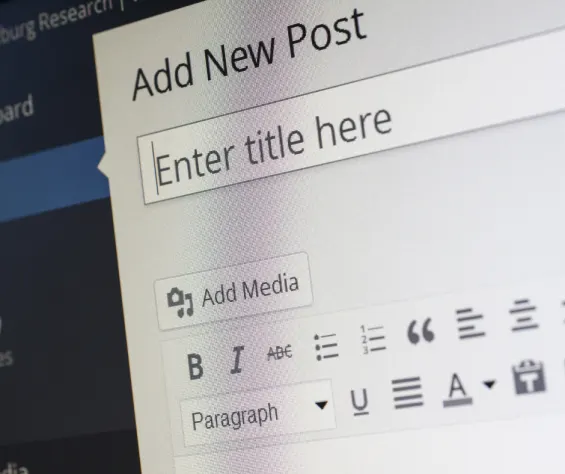
6. Support Multiple Languages
Before digital, marketers struggled to spread their message. Digital marketing lets you increase your consumer base across boundaries. You won't reach your audience no matter how wonderful your message or well you convey it if you're not speaking their language.
If you serve an international audience or plan to, consider a CMS with multilingual editing capabilities and simple translation operations. You'll want a CMS with information governance rules that meet local requirements where your clients live.
7. Flexible, scalable, & fast
You should think of your CMS as an investment. Make sure your content management system can expand as your business does. Some content management systems (CMSs) are more adaptable than others, allowing for a wider variety of APIs to be built on top of them, allowing for greater content customization and distribution across channels and devices.
Both on-premises and cloud-based CMS implementations are commonplace. A cloud-hosted content management system (CMS) can reduce your time to market and provide you with the flexibility to deal with traffic spikes and varying demands.
8. Content & Commerce Integration
Customers expect more from their online experiences, so it's almost impossible to do e-commerce without tying it to exciting content. If you need a CMS for e-commerce and digital marketing, you should look for a specific subset of features.
With a single-pane-of-glass interface, you can bring together data from many different sources in one place. You can make shopping easy for your customers with extra features like easy and flexible inventory management, automation of the next step, and easy integration with payment, shipping, and tax providers.
Learn more about these features by reading our long guide.
The Bottom Line
Building and maintaining your website with a content management system can help you become more successful over time.
A content management system (CMS) does more than just save your website's data in one place; it also facilitates teamwork, updates in real-time, and provides design flexibility via plug-ins and themes. Moreover, content management systems let you launch and maintain a website with zero coding knowledge.
Make sure you compare CMS options based on security, cost, and scalability before committing to one for your next development project. You can develop a powerful website using any top content management system (CMS), but picking the right one might be difficult.
If that's the case, choosing reliable CMS web development services can be the best move you can make for your business. If you select the top service providers, they will advise you on which options are ideal for the development project you are working on.
Read Next
The following articles are related to what is a content management system (cms)?.

